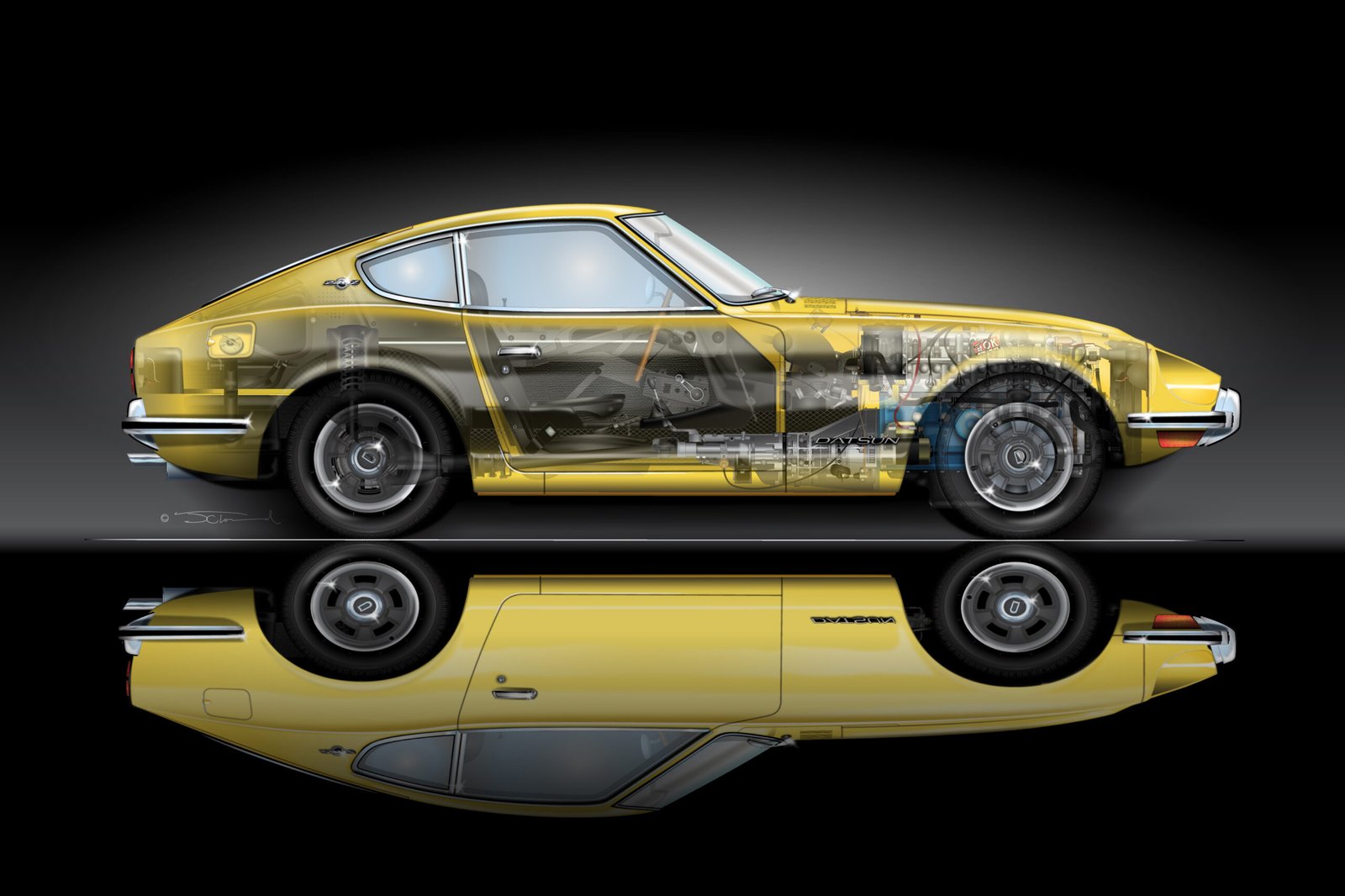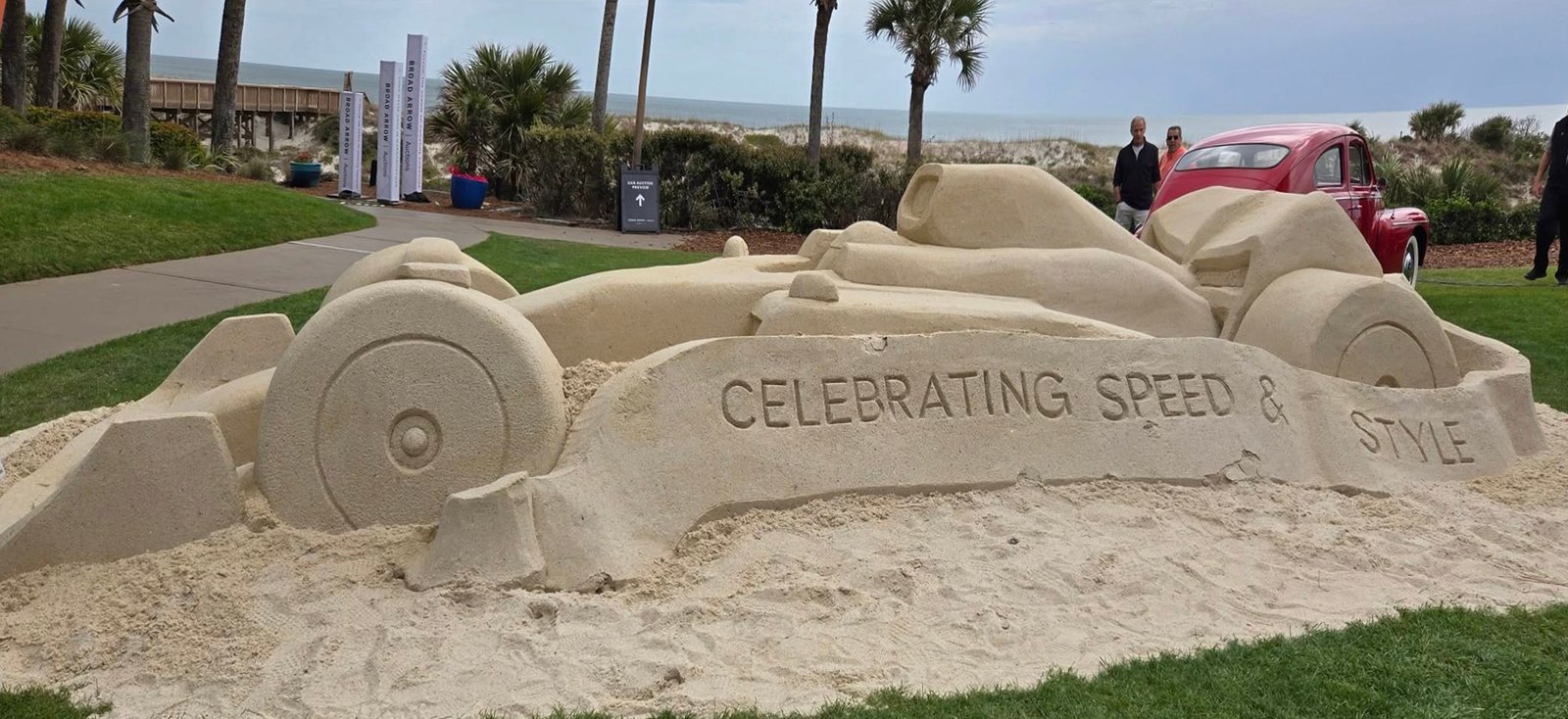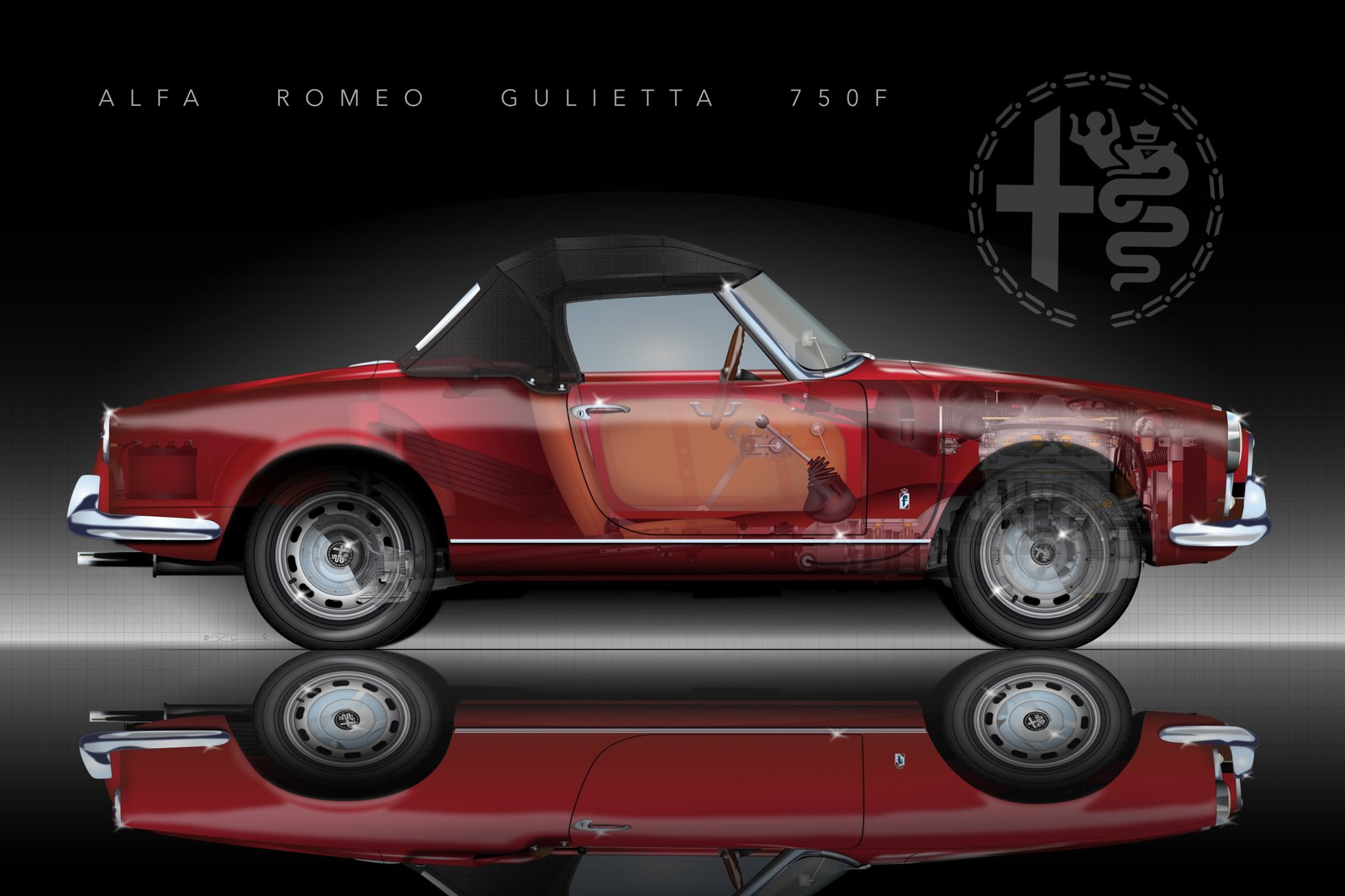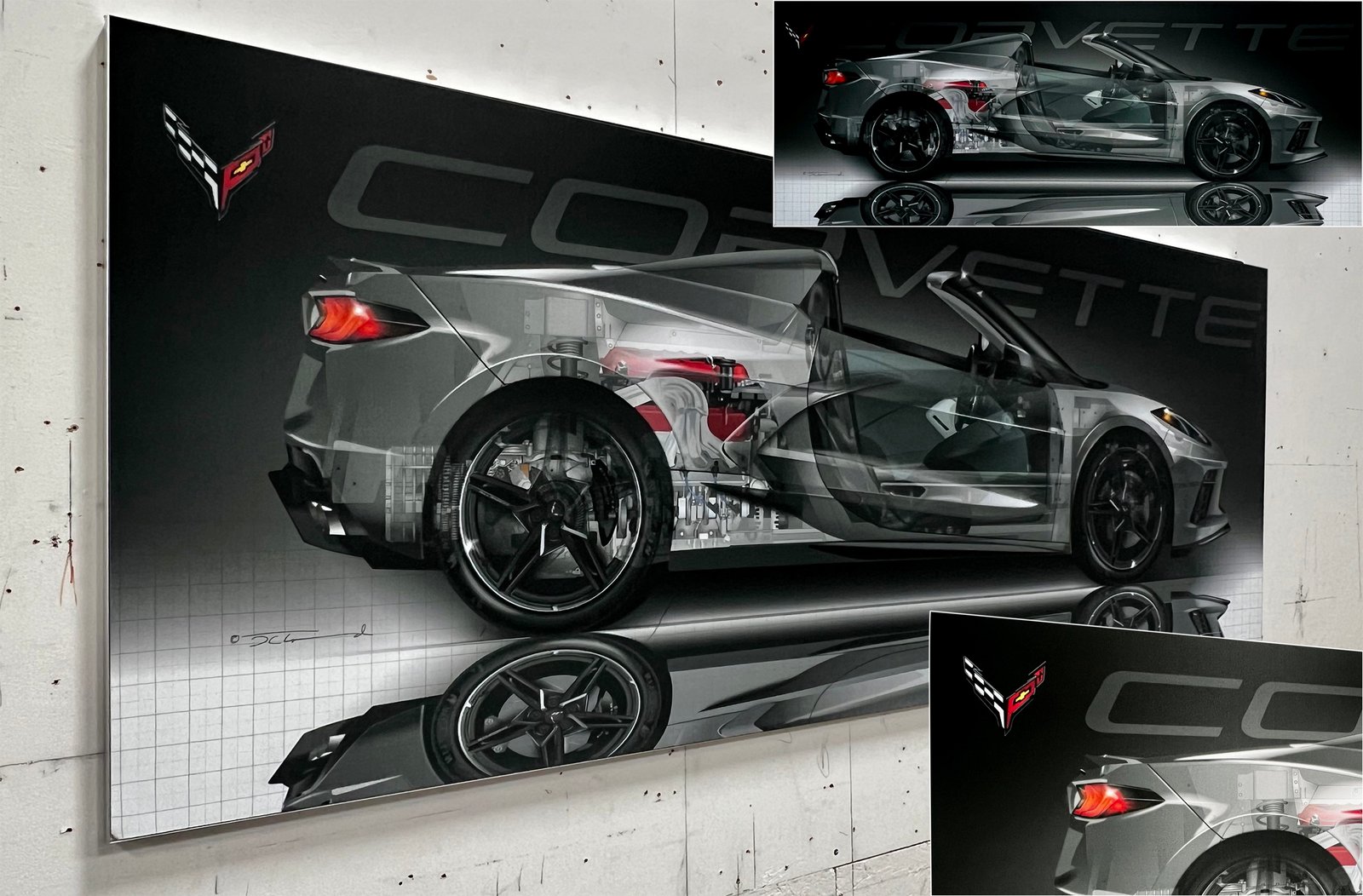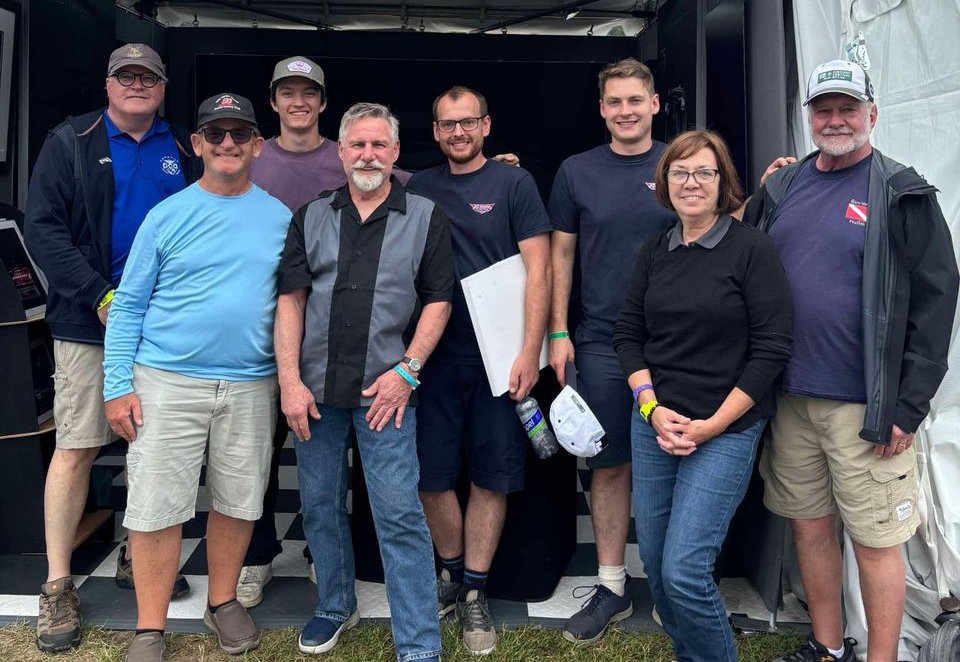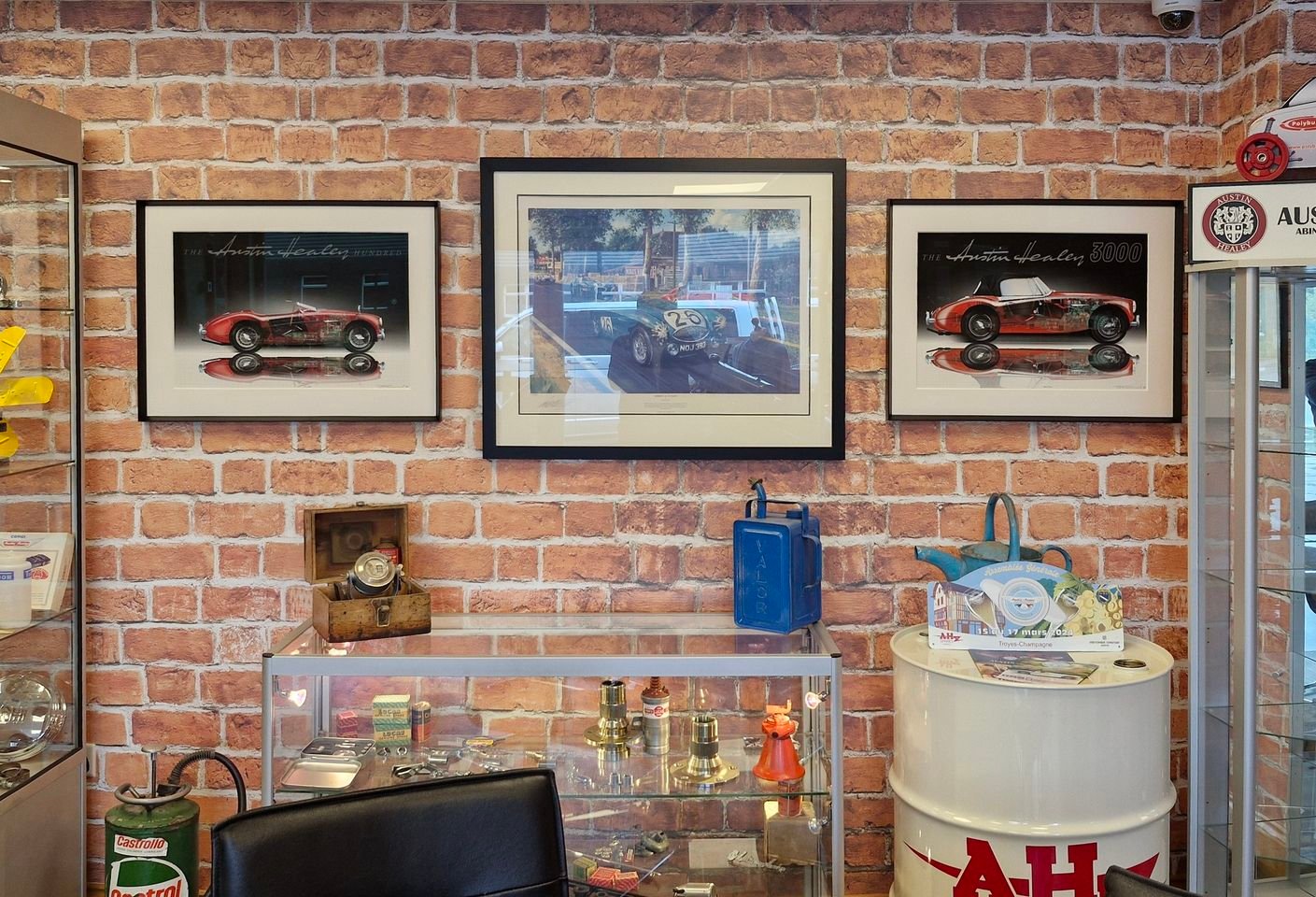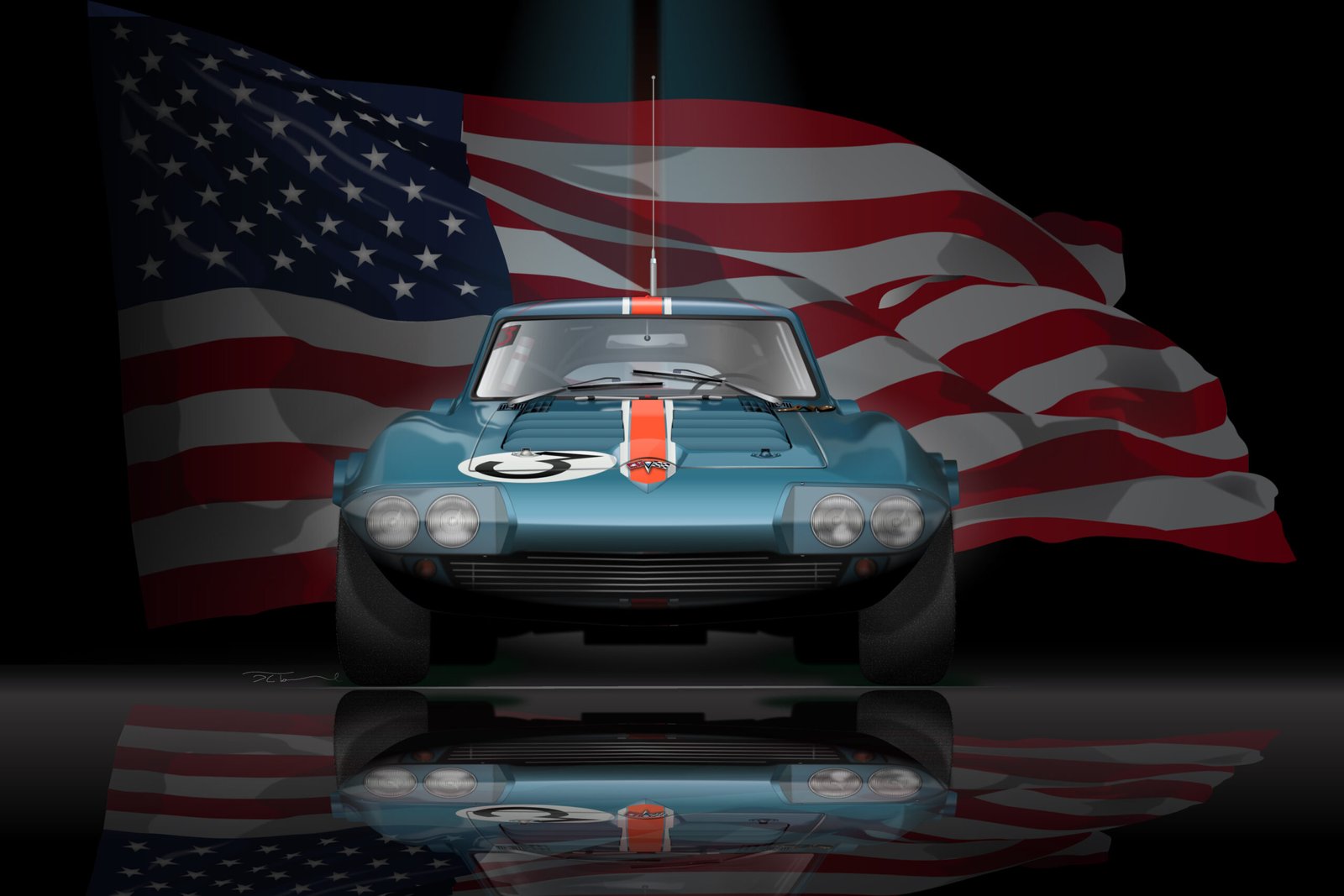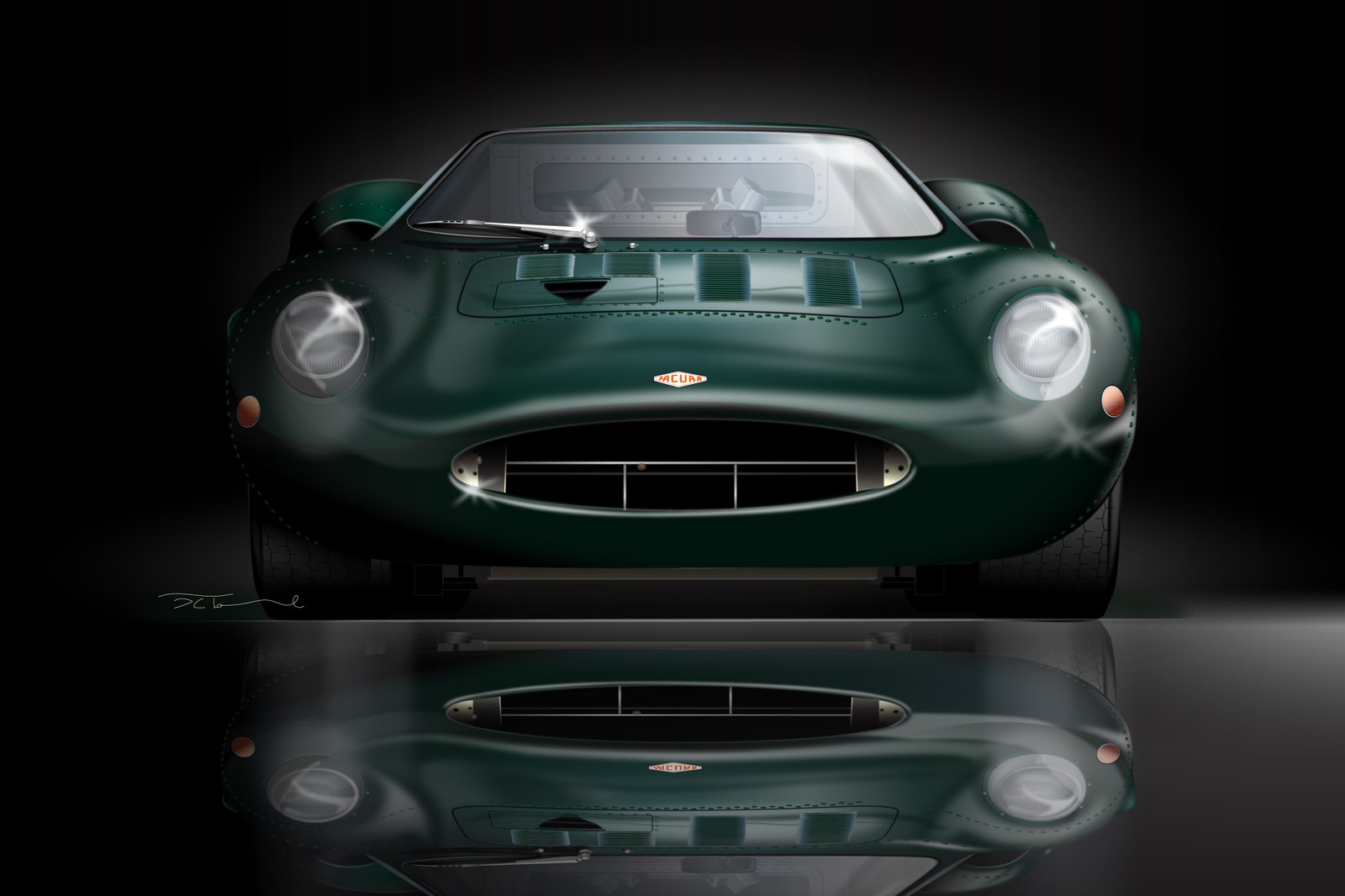Sometimes you just want to do things yourself. From working on your own car (or cars) to stuff around the old homestead. Sure, you can hire these things out but there’s a certain satisfaction that comes from having done it yourself. If this sounds like you and you’d like to giving framing a go, chances are you already have most of what you need to do a professional looking framing job on one of my prints and can save yourself some money in the bargain.
Caveat! What follows is an adaption of professional framing using as many commonly found items as possible. A few things, like the matte materials, you’re going to need to source at an art or hobby supply store like Michael’s or Hobby Lobby. Otherwise, most of what you need you should either already have or be able to find at the local variety store. As with many things that are fairly simple, writing down how to do it makes it seem more complicated than it really is.
This article covers wood framing a 12″ X 24″ print with a 3″ double matte and a finished size of 18″ x 30″ ( nominal). You can also use these instructions to frame one of my 18″ x 36″ prints by adding 6″ to the frame, stretcher/retainer bars, and matte dimensions. Total working time is about an hour.
Materials and Tools
- Frame sections – I recommend the wood framing from Dick Blick Art. They stock black or blonde styles in a variety of section sizes, all reasonably priced. You’ll need one pair of 18″ and one pair of 30″ wood sections. $45
- Non-glare glass – You can source picture quality non-glare glass at any local glass shop. One piece of 18″ x 30″ non-glare glass(expect to more for UV resistant glass). $35
- Backing paper – Professional framers use a special paper to seal the backs of their pictures but you can substitute a good quality kraft paper. Buy the 24″ wide version if you can find it. $4/roll
- Frame hanging kit – Available at your local hardware store or craft supply. I prefer the kind with the loop style wire ends. $5
-

Tools and supplies
Matte board – You can purchase matte stock and cut your own, but I would recommend buying them cut-to-order from your local craft supply. Even with as many years of experience as I have making my own, I buy the pre-cut versions for my own work unless I’m cutting something fancy with an offset or staggered style, for example. It’s just easier. Otherwise you will need to purchase a decent quality matte cutter (avoid the cheap ones). If you’re double matting (recommended), you’ll need mattes with the following dimensions: 18″ x 30″ outer, 11 3/4″ x 23 3/4″ inner opening with a 1/4″ step between the inner and outer mattes. A double matte will cost about $35. If you just have to cut your own expect to pay about the same for uncut matte stock (two sheets) and another $120 or so for a medium quality cutter.
- Backing board – I use 3/16″ foam core and dry mount sheets or a special self-adhesive backer board made for the job but suggest simple peel and stick foam core for your project, also sourced at at your local craft or art supply. $15/sheet (30″ x40″)
- Stretcher/retainer bars – The glass, matte, print, and backer all need to be retained in the frame channel. Small sections of 3/4″ square pine work perfectly for this. You’ll need four sections – two 30″ pieces and two 16″ sections (about 8′). $12
- Small hammer – Needed to tap in the corner stays on wooden pre-cut frame sections. I use a tack hammer for this as it has the perfect weight and head shape for the job.
- Wire nippers – To trim the excess hanging wire.
- Carpenter’s glue – A dab in the corners on wood frame sections.
- Glass cleaner
- Shop towels (paper) – Do not use paper towels! They will leave small lint particles inside the glass. I like a good quality paper shop towel. They’re absorbent and largely lint free and I prefer a foaming cleaner to Windex.
-

More supplies
Spray adhesive – Used to adhere the certificate of authenticity (COA) to the back. Like most of these materials, there are special kinds available from your local art store but something like 3M 77 or 88 will work perfectly well. Rubber cement is also a fine choice if you have it on hand.
- Double-sided tape – To adhere the back paper to the frame. $2.50/package (usually three small rolls).
- Utility knife – Easiest way to trim the backer board to size. An Exacto knife doesn’t have quite enough heft to cut the backer easily. Make sure it has a fresh blade installed.
- Exacto knife – Perfect for trimming the self-adhesive paper on the backer board and the excess backing paper too. Ditto on the fresh blade.
- #6 x 1″ wood screws – Used to affix stretcher bars to frame. $2
- Cordless drill
- Long straight edge – I use a 48″ drywall square for this but you can use any 36″ metal or hard plastic straight edge.
- 5/16″ drill bit
- Philips driver for drill or Phillips screw driver (preferred)
- Black Sharpie marker or blonde Minwax touch-up pencil
- Sharpened #2 pencil
- Masking tape
- Tape measure
Total approximate cost (assuming you already have the tools and sundries on hand) is about $140, which represents a savings of about $150- $250 over typical professional custom framing. Prices on the mattes, glass, and wood will vary according to your locality, as will custom framing.
Before You Start
Remove the print from the shipping tube and unroll it, face down, on a flat, clean surface. Cover with a clean, dry towel, weight the print, and let it sit for a day or two until it lays flat. If don’t want to wait, you can use a steam iron set to low to help it relax. DO NOT press the iron directly to the print. Cover it with a towel and move the iron constantly, not letting it sit any one place for any length of time.
Assembling the Frame

Joining the corners

Inserting the pin
You’ll need a large flat, clean, work surface. Un-package the two sets of frame sections, making sure not to lose the corner pins. Apply a small amount of carpenter’s glue to one of the corners and join one 18″ and one 30″ section together using a pin. Keep the sections flat to your work surface when you tap (not hammer or bludgeon) the pin into place. This is not an easily reversible procedure so make sure you have the frame sections flat and square before driving in the pin. Join the remaining sections in the same manner. Wipe any excess glue from the edges and set aside.

Marking the opening

Mounting the print
Mounting the Print
Trim the foam core to size (18″ x 30″) using the utility knife. Mark where the print will mount by turning your pre-assembled matte upside down on the backer board, marking the opening with the pencil. With the Exacto knife and your straight edge, slice through the paper backing along the trim lines, going completely across the backer board on the 18″ sides and between your pencil lines on the 30″ dimension. Be careful not use too much pressure. You want to just cut through the paper, not the board.
Critical step! Now comes the part that requires some finesse and you only get one chance to get it right as the adhesive on the backer board is very aggressive and it will be nearly impossible to reposition the print if you misalign things. Carefully align the print using the pencil outline you also used to make the cuts in your backer paper. Use masking tape to create a hinge on one of the 12″ edges of your print. Be careful to apply the tape to only about an 1/8″ of the print. The museum quality paper used for the work is very porous and will lift or tear very easily until mounted. Once secured, lift the print on the free side and gradually peel back the paper exposing the adhesive, pressing the print to the board as you go.

Peeling the backing paper

Mounting the matte
Mounting the Matte
With the mounted print face side up, position the matte flush with all four edges of the backer board. Before pulling back the paper on the backer and exposing the adhesive, check to make sure that the inner edges of the matte cover the outer edges of the mounted print. Adjust if necessary. With the matte correctly positioned, firmly hold one of the 18″ sides to the backer and peel away the paper from the opposite side, exposing the adhesive. Complete mounting by peeling away the remaining paper then firmly pressing the matte to the adhesive.
Making the Stretcher/Retainer Bars
Cut your 8′ length of 3/4″ square pine into two 30″ and two 16″ lengths. Sand any burrs from the ends. On the two short lengths, make pencil marks 2″ from each end and drill through with your cordless drill and 5/16″ bit. On the two 30″ lengths, mark 2″ from each end and at the center. Drill through. Set aside.
Assembly

Mounted stretcher/retainer bars
Turn your assembled frame upside down on your work surface. Place the non-glare glass in the opening, cleaning the inside with glass cleaner and a lint-free towel. Place the pre-assembled matte in the opening with the good side down. Place the mounted print atop the matte. Take one of the pre-drilled stretcher bars and screw it to the frame using the #6 screws (I prefer to use a hand tool for this as its easy to over tighten the screws when using a power tool, stripping the hole). Make sure you press the stretcher bar down and firmly to the frame. Repeat for the remaining stretchers. At this point, you have a nearly completed framed print, lacking only the backing paper and hanger assemblage.
Finishing Up

Rolling out the backing paper
You’re in the home stretch with only the backing paper and hanging kit to complete. With the framed print glass side down on your work surface, apply double-sided tape to all four sides. Press down only enough to create a purchase on the frame. You’ll create the final adhesion after the backing paper is applied. I recommend applying the backing paper right from the roll rather than trying to apply a cut piece as it’s easier to keep the paper taut while being applied. Start on one of the 18″ sides, leaving about 2″ off the end and firmly press the paper onto the tape then slowly unroll the paper across the frame, pressing it into the tape as you go. Cut a 3″ x 4″ piece from your excess backer board and use your temporary squeegee, press the backing paper and tape firmly to the frame.
When you’ve completely covered the back, trim the paper about 2″ from the end. Using the Exacto knife, trim the backing paper tight to the edge. There’s a bit of technique involved in wielding the Exacto. If you hold it just shy of vertical and about 5 degrees leaning into the frame, you’ll be able to achieve a clean cut tight to the frame.

Attaching the hanging hardware and wire
Last to go is installing the hanging kit. With the framed print still glass side down, measure 6″ from the top and make a pencil mark in the center of the frame leg. Drill a shallow pilot hole and screw in one oh the hinged hangers. Repeat on opposite side. Loop about 3″-4″ of one end of the hanging wire through one of the eyelets and wrap it round itself 5-6 times, tying a simple half-hitch at the end. Run the other end of the wire through the opposite eyelet and pull taught so the top of the wire is about 3″-4″ from the top of the frame. Wrap and tie off same as previous side. Snip any excess from both ends.
Details
If you purchased the black frame, the corners tend to get a bit knicked up during assembly. Use your black Sharpie to touch up. On blonde frames, I use a professional touch-up marker (Dick Blick Art) but a Minwax touch up pencil from your local paint or lumber store will also do the job quite well.
Last on the list is affixing the certificate of authenticity to the backing paper using the spray adhesive by applying a thin layer directly to the certificate and gently pressing in place. I usually place mine in the right lower corner about 3″ from the right and bottom edges but there’s no “official ” location for it so place it wherever it suits you.

Completed framing
Here’s what your print should look like when complete. The white cardboard bits are corner protectors I use to keep the frame from getting nicked during transport or storage. Sadly, they’re available only in bulk but, if you shoot me a note, I’ll send you four. And, excuse the less than ideal photography. This was taken so that the customer could see the finished print.


